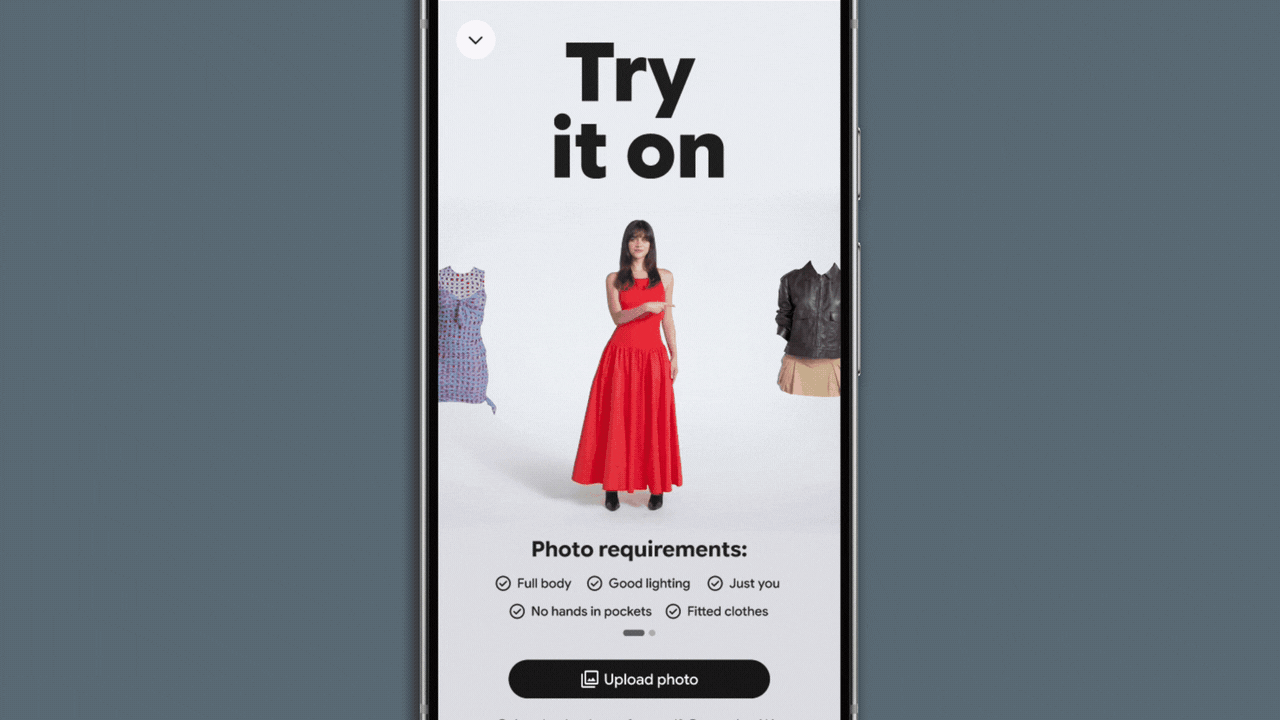Blog E-Commerce
Google Ups the Retail Game with AI-Powered Virtual Try-On for Clothes
Kubby Team|May 22, 2025
Announced this week, Google is expanding its suite of AI-driven shopping tools—this time with a major upgrade: virtual try-on for clothes. Powered by advanced generative AI, the feature allows users to see how apparel items might look on a variety of body types, all without stepping into a dressing room or even out of their house.
How It Works
When you search for clothing on Google, you’ll now see an option to “try on” selected items. Tap it, and Google’s AI will render the piece on a diverse range of body models. Sizes span from XXS to 4XL, reflecting a more inclusive approach to fashion previews.
Google says this feature uses a diffusion-based AI model to realistically simulate how fabric drapes, stretches, folds, and reacts to different body shapes and movements. It's an upgrade from static images or limited fit guides, now, you get a more tactile sense of how something actually wears.
More Than Just a Gimmick
This is part of Google’s broader push to turn Search into a smarter, more personalized shopping destination. Alongside virtual try-on, the company is also improving its visual search tools and expanding Style Recommendations. The end goal? Reduce returns, increase buyer confidence, and make online shopping more immersive.
And here’s the kicker: all this runs natively in Search, no apps or downloads needed.
Retailers Are Onboard
Brands like Anthropologie, Everlane, H&M, and LOFT are among the first to integrate with the new try-on tool. It’s a win-win: shoppers get a better experience, and retailers potentially see fewer returns and higher conversions.
The Big Picture
Google’s move is a clear shot across the bow at Amazon and other e-commerce giants. As AI continues to reshape digital commerce, expect more tools that blend convenience with customization. This isn’t just about looking good—it’s about making online shopping feel more human.
Source:
Axios